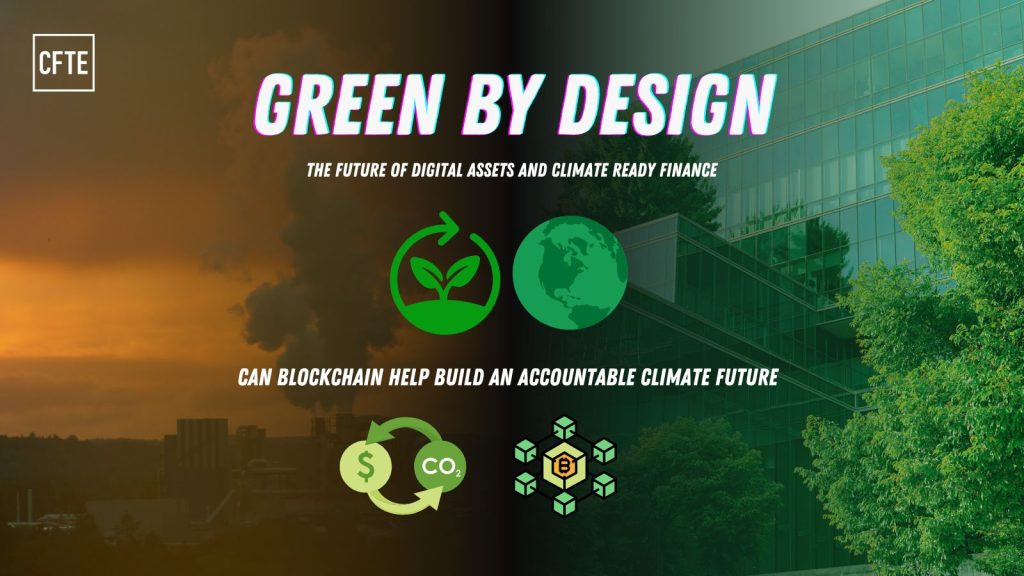
Digital finance and climate sustainability are often treated as separate worlds. But in reality, they are converging fast — and the financial sector must evolve accordingly.
CFTE’s collaboration with the Magyar Nemzeti Bank at the Point Zero Forum spotlighted this new frontier: how crypto, digital assets, and decentralised systems can become climate-aligned by design.
ESG is Coming to Crypto — Are We Ready?
Environmental, social and governance (ESG) factors are now mainstream in finance. But most ESG frameworks were built for traditional assets — not for decentralised networks or anonymous validators.
The crypto sector must now ask:
- How do we measure impact across protocols?
- Who is responsible for disclosure in decentralised systems?
- Can climate-positive tokenomics reward sustainability?
These are not abstract questions. Investors, regulators, and users are demanding answers.
The Opportunity: Designing for Good from Day 1
Many Web3 projects are already pioneering climate-first models:
- Tokenised carbon credits verified via blockchain
- Smart contracts that enforce sustainability metrics
- NFTs tied to verifiable reforestation efforts
This is not about retrofitting ESG to crypto — it’s about building a financial system that is inherently accountable, inclusive, and green.
A Role for Digital Public Infrastructure
The future of climate finance could include:
- Open-source emissions data networks
- Verified digital IDs for climate projects
- Interoperable reporting protocols embedded in blockchains
This aligns with CFTE’s belief that fintech must serve public goals — not just private ones.
The intersection of digital assets and climate is no longer theoretical. It is operational, urgent, and full of innovation. Financial leaders must act now to ensure that climate alignment is not an afterthought — but a founding principle of the digital economy.
